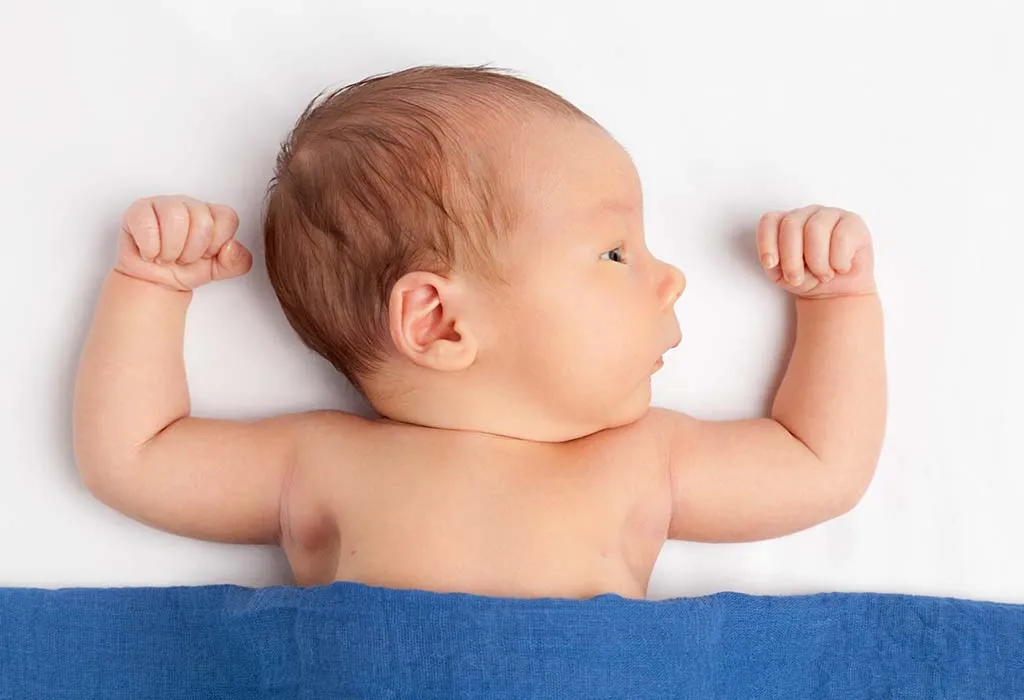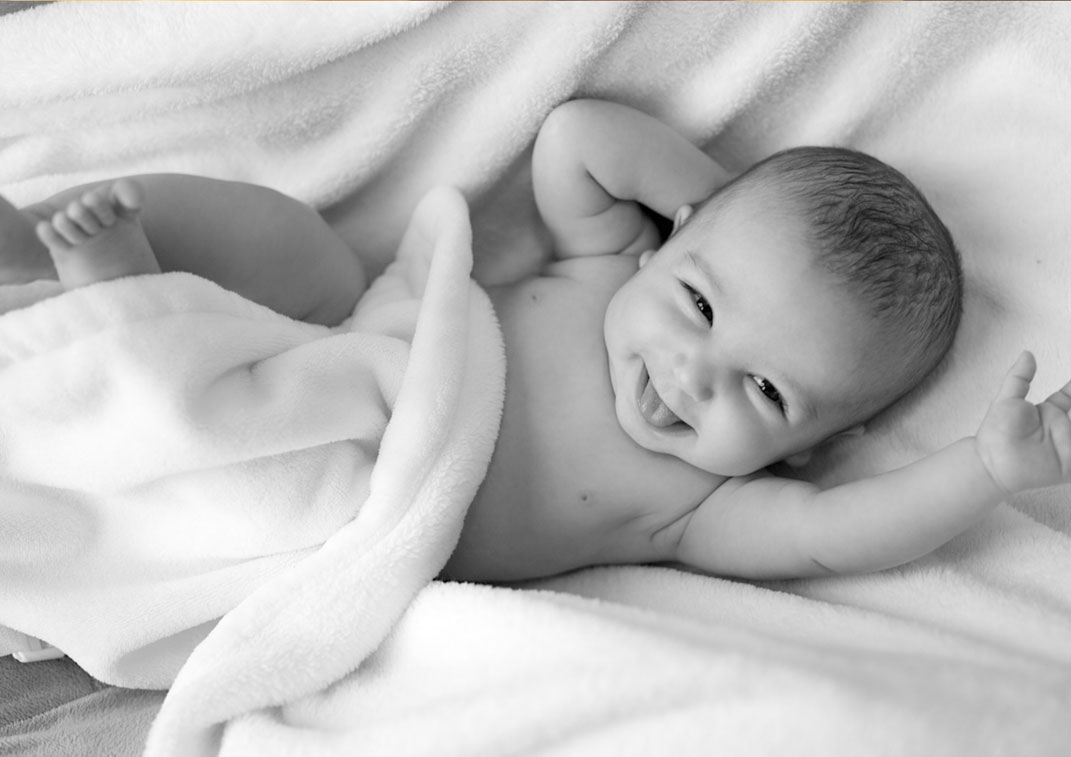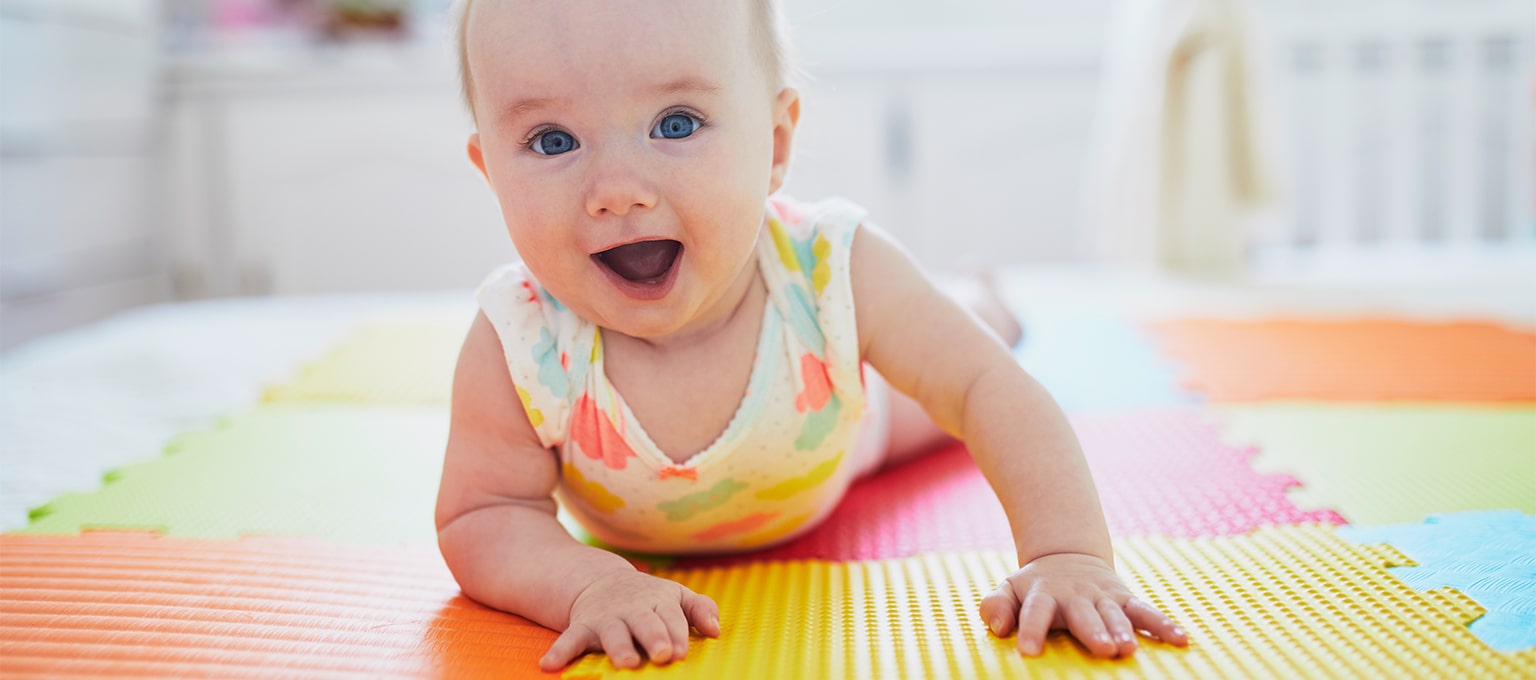Have you ever wondered why babies have approximately 100 more bones than adults? This intriguing fact highlights the remarkable differences in human anatomy and development. While adults typically have 206 bones, infants are born with around 300 bones. So, what accounts for this difference?
During infancy and early childhood, rapid growth is essential. The presence of extra bones allows for this growth, as cartilage can expand and change shape more easily than rigid bones. This flexibility is crucial for accommodating the developing body and ensuring that the skeletal system can adapt to new movements and activities.
As babies begin to crawl, stand, and walk, their bones must support these new activities. The initial abundance of bones provides the necessary adaptability as they explore their environment. Over time, as they gain strength and coordination, the bones will fuse and solidify, providing the stability needed for adult activities.